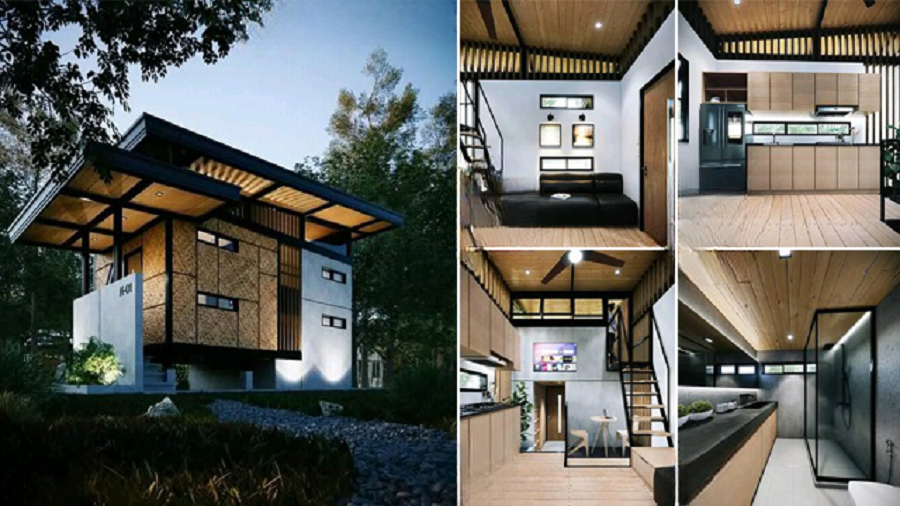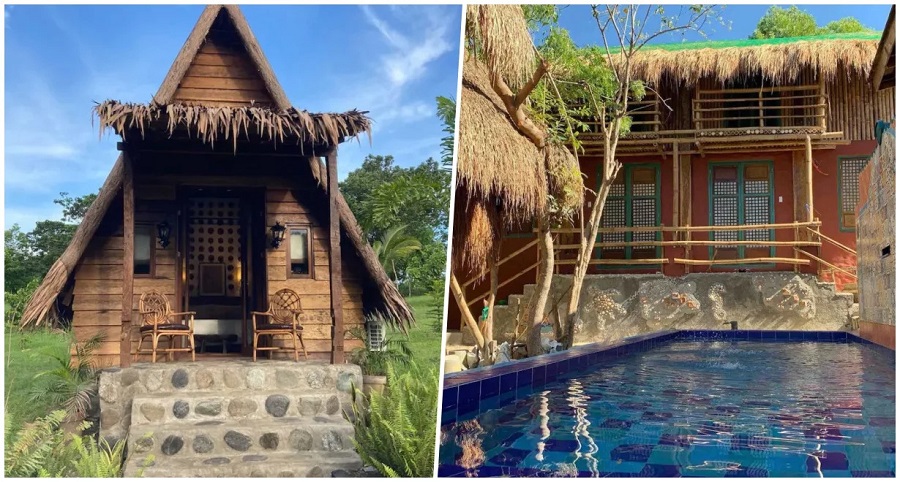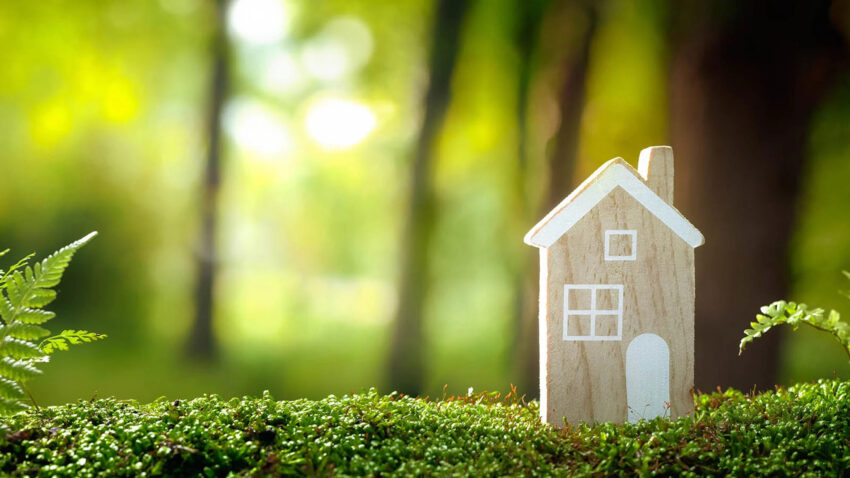The Bahay Kubo, also known as the Nipa Hut, is a traditional Filipino house that has been an integral part of the country’s culture for centuries. This simple yet functional dwelling is characterized by its use of indigenous materials and its harmony with nature. In this article, we will explore the design aspects of Bahay Kubo, both inside and outside, and how it can be adapted to modern living while maintaining its traditional charm.
The Bahay Kubo reflects the Filipino way of life, which is deeply connected to nature and communal living. Traditionally, it is a one-story house made primarily of bamboo, wood, and nipa palm leaves. The design is open and airy, allowing natural ventilation and providing respite from the tropical climate. Let’s delve into the various design elements that make the Bahay Kubo unique.
Understanding Bahay Kubo
To truly appreciate the design of Bahay Kubo, it is essential to understand its purpose and cultural significance. The Bahay Kubo is not merely a structure; it embodies the Filipino values of simplicity, resilience, and resourcefulness. It is a symbol of community and harmony with the environment. This understanding sets the foundation for designing both the interior and exterior of the house. Discover How Long Should You Water Your Lawn
Traditional Design Elements of Bahay Kubo
Roofing
The distinctive steep-pitched roof of the Bahay Kubo is known as “attap” or “nipa” roof. It is traditionally made from nipa palm leaves woven together and attached to a bamboo framework. This roofing design allows rainwater to flow easily, protecting the house from leaks during heavy downpours.
Walls
The walls of the Bahay Kubo are typically made from bamboo slats or sawali, which are woven together to form a sturdy yet flexible barrier. These materials provide natural ventilation while maintaining privacy. Alternatively, walls can also be constructed using woven rattan or wooden planks.
Flooring
The traditional flooring of the Bahay Kubo is made from bamboo slats or wooden planks. This allows the air to circulate beneath the house, preventing dampness and promoting cooling. Modern adaptations may incorporate polished concrete or locally sourced tiles for added durability and ease of maintenance.
Windows and Ventilation
The design of Bahay Kubo emphasizes the importance of cross-ventilation to combat the tropical heat. Windows are strategically placed to capture natural breezes and allow for ample natural light. Traditional windows are made of capiz shells or bamboo slats, but modern versions may utilize glass panels for better insulation.
Furniture and Decorations
The interior of the Bahay Kubo is typically furnished with locally crafted furniture made from bamboo or wood. The simplicity of the furniture reflects the minimalistic lifestyle, with multifunctional pieces that maximize space. Natural materials, such as abaca rugs and woven baskets, are used for decorations, adding warmth and texture to the living space.
Modernization of Bahay Kubo
While preserving the traditional elements of Bahay Kubo, modern design adaptations have emerged to cater to the evolving needs of homeowners. These adaptations embrace contemporary materials, interior design ideas, and sustainable practices, ensuring the comfort and convenience of modern living without compromising the essence of the Bahay Kubo.
Incorporating Modern Materials
To enhance durability and structural integrity, modern Bahay Kubo designs incorporate materials such as concrete, steel, and glass alongside traditional bamboo and wood. This fusion of materials allows for more substantial construction while retaining the rustic charm of the house.
Interior Design Ideas
Modern Bahay Kubo interiors blend traditional aesthetics with modern comforts. Incorporating vibrant colors, local artworks, and traditional patterns into the decor can infuse the space with Filipino cultural identity. Additionally, open floor plans, minimalist furniture, and smart storage solutions optimize space utilization while maintaining a sense of openness.
Creating a Sustainable Bahay Kubo
The Bahay Kubo’s close relationship with nature makes it an ideal candidate for sustainable design principles. By integrating eco-friendly features, homeowners can reduce their carbon footprint and create an environmentally conscious living space.
Energy-Efficient Features
To minimize energy consumption, Bahay Kubo designs can include energy-efficient lighting fixtures, solar panels for electricity generation, and natural cooling systems like passive ventilation and insulation. By harnessing renewable energy sources, homeowners can reduce their reliance on non-renewable energy and lower utility bills.
Water Conservation
Incorporating water-saving fixtures, rainwater harvesting systems, and eco-friendly wastewater management can significantly reduce water consumption and promote sustainable living. These measures ensure the efficient use of water resources while preserving the natural environment.
Sustainable Materials
Using locally sourced, sustainable materials for construction and interior design not only supports local communities but also reduces the carbon footprint associated with transportation. Bamboo, recycled wood, and other eco-friendly materials are viable options that align with the principles of the Bahay Kubo.
Enhancing the Outdoor Space
The Bahay Kubo design extends beyond the house itself to the surrounding outdoor space. Emphasizing the connection with nature, homeowners can create lush gardens and functional outdoor living areas.
Gardens and Landscaping
Integrating gardens and landscaping into the Bahay Kubo design enhances its visual appeal and ecological harmony. Native plants, flowering shrubs, and vegetable gardens can transform the outdoor space into a vibrant, sustainable ecosystem.
Outdoor Living Areas
Expanding the living space beyond the four walls of the house, outdoor areas can be created for relaxation, dining, and entertainment. Covered patios, pergolas, and traditional bamboo huts can provide shade and shelter while fostering a closer connection with nature.
Benefits of Bahay Kubo Design
The Bahay Kubo design offers numerous advantages that go beyond its aesthetic appeal.
Connection to Nature
Living in a Bahay Kubo promotes a deep connection with nature, allowing residents to experience the soothing sounds of rain, the gentle breeze, and the beauty of natural surroundings. This connection can have a positive impact on mental well-being and overall quality of life.
Cost-Effectiveness
The use of locally available and sustainable materials makes Bahay Kubo construction more cost-effective compared to conventional houses. Moreover, the emphasis on natural ventilation reduces the need for air conditioning, resulting in lower energy bills.
Cultural Preservation
Building and living in a Bahay Kubo is a testament to preserving Filipino heritage and cultural identity. By embracing the traditional design elements and values, homeowners contribute to the preservation and celebration of Filipino culture.
Conclusion
The Bahay Kubo design, with its rich cultural heritage and emphasis on sustainable living, offers a unique and harmonious approach to modern housing. By preserving its traditional elements and adapting them to contemporary needs, homeowners can enjoy the benefits of a comfortable, eco-friendly, and culturally significant living space.
FAQs
- Q: Can a Bahay Kubo be built in urban areas?
- A: Yes, Bahay Kubo designs can be adapted to fit urban environments, allowing individuals to experience the benefits of this traditional Filipino house style.
- Q: Are there any restrictions or regulations when building a Bahay Kubo?
- A: Building regulations vary by location, so it is essential to consult with local authorities and secure the necessary permits before constructing a Bahay Kubo.
- Q: Can a Bahay Kubo withstand extreme weather conditions?
- A: Traditional Bahay Kubo designs are resilient against typhoons and heavy rains. However, modern adaptations may incorporate additional structural reinforcements for enhanced durability.
- Q: Can a Bahay Kubo accommodate modern amenities and appliances?
- A: Yes, Bahay Kubo designs can be modified to accommodate modern amenities and appliances, ensuring a comfortable and convenient living experience.
- Q: Are Bahay Kubo designs suitable for large families?
- A: Bahay Kubo designs can be customized to meet the needs of different family sizes, with options for additional bedrooms or separate living spaces.





